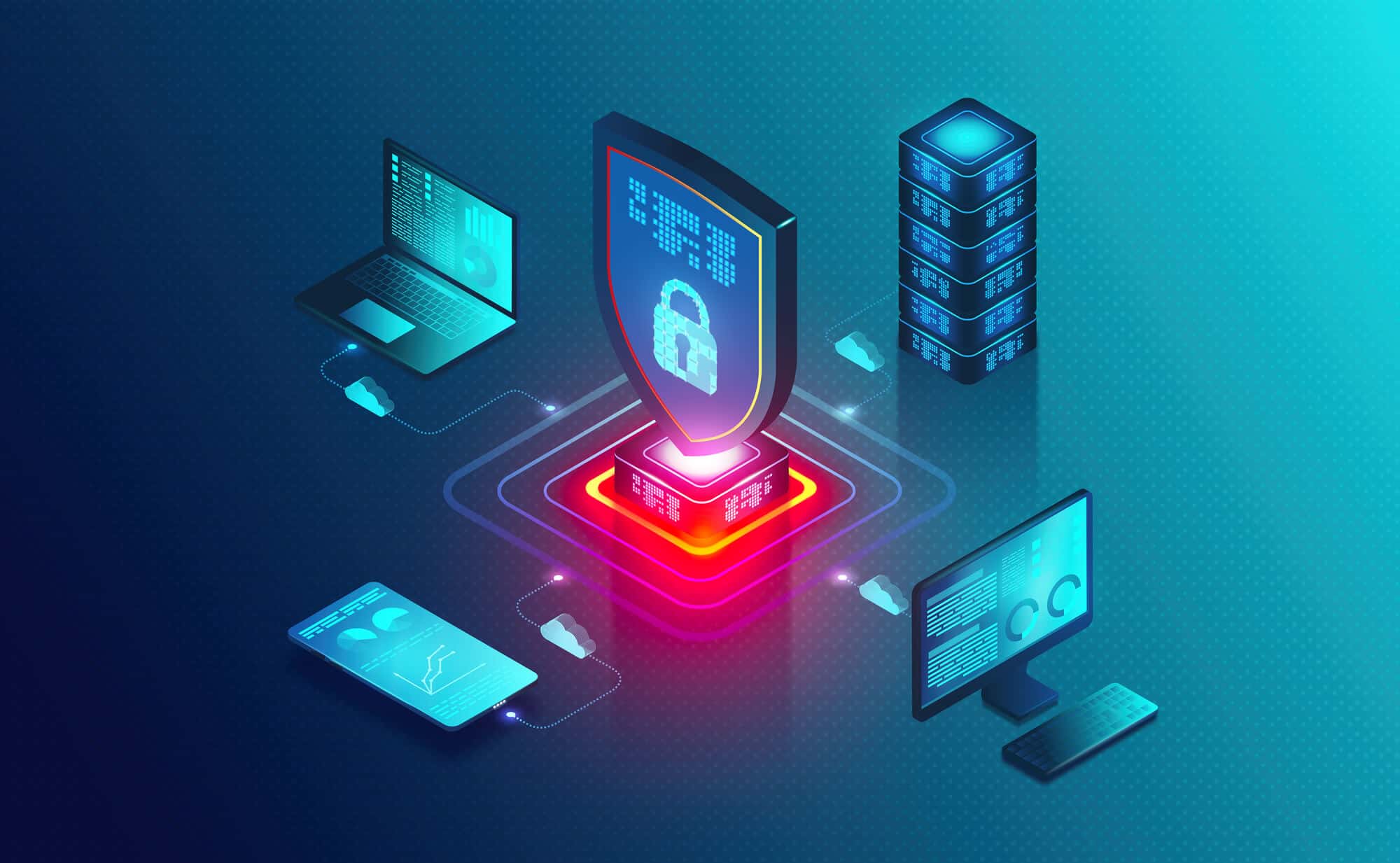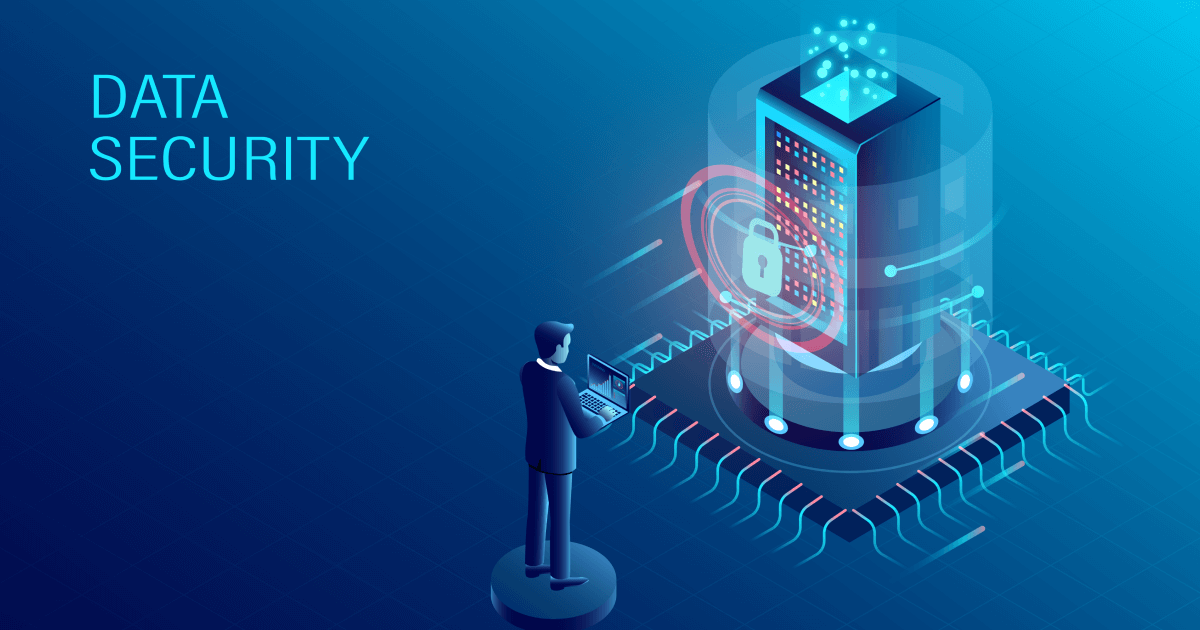
Government & IT Solutions
Enabling governments to leverage technology for efficiency, transparency, and better service delivery.

E-Government and Digital Governance
E-Government refers to the integration of information technology into the public sector, transforming how governments deliver services and interact with citizens. By leveraging digital platforms, e-Government enables more efficient, transparent, and accessible governance. Citizens can access services online at any time, reducing the need for physical visits to government offices and cutting down on administrative bottlenecks. Whether it's renewing a driver's license, filing taxes, or accessing public records, digital systems simplify and streamline these processes. In addition, e-Government promotes greater transparency by making data and services more readily available to the public, which fosters trust in government institutions. It also encourages citizen participation and engagement, allowing individuals to voice their concerns, access important information, and contribute to policy-making processes more easily. The continuous evolution of e-Government solutions paves the way for a more responsive, inclusive, and efficient public service delivery model that meets the needs of modern society.

Transparency and Accountability
Empowering citizens with access to information and fostering trust in governance.

Data-Driven Decision Making
Leveraging analytics to inform policies that meet community needs.

Citizen Engagement
Encouraging public participation through digital platforms for a more inclusive government.

Cybersecurity and Privacy
Ensuring the safety of citizen data while maintaining transparency.
Key Areas of Government and IT
Digital Governance
Using technology to deliver efficient public services.
Cybersecurity
Securing critical infrastructure and data.
Data-Driven Governance
Leveraging data analytics to inform decisions.
AI and Automation
Automating processes to improve public service delivery.
Cybersecurity in Government
With the increasing reliance on digital platforms, cybersecurity has become a critical priority for governments across the globe. The shift towards digital services has not only improved efficiency but also heightened vulnerabilities. Protecting sensitive data and critical infrastructure from cyberattacks is essential for safeguarding national security and maintaining the trust of the public. Any breach can have far-reaching consequences, from financial loss to the compromise of personal information and sensitive government operations.
To effectively combat these evolving cyber threats, governments must adopt a multi-layered cybersecurity strategy. This includes implementing robust encryption protocols to protect data in transit and at rest, employing multi-factor authentication to enhance user verification processes, and establishing real-time threat monitoring systems to detect and respond to incidents swiftly. Additionally, regular training and awareness programs for government employees are crucial to ensure that everyone understands potential threats and best practices for mitigating risks. Collaboration with private sector cybersecurity firms can also provide valuable insights and technologies to bolster defenses, creating a more resilient infrastructure capable of withstanding the challenges posed by an increasingly digital world.


Data Security and Analytics in Government
Governments leverage advanced data analytics to predict trends, improve decision-making, and enhance security measures. By integrating security protocols with real-time data analytics, governments can proactively identify vulnerabilities and preemptively address potential cyber threats. This approach not only strengthens the security posture of governmental systems but also facilitates informed policy-making based on actionable insights derived from vast datasets.
The use of predictive analytics enables governments to assess risk levels and allocate resources more effectively. By analyzing patterns in historical data, they can anticipate future challenges and develop strategies that enhance public safety and service delivery. Furthermore, fostering a culture of data-driven decision-making can lead to greater transparency and accountability, as citizens are more informed about how data is utilized to shape policies and initiatives. In this evolving digital landscape, prioritizing data security alongside advanced analytics ensures that governments can protect sensitive information while maximizing the benefits of their data assets.